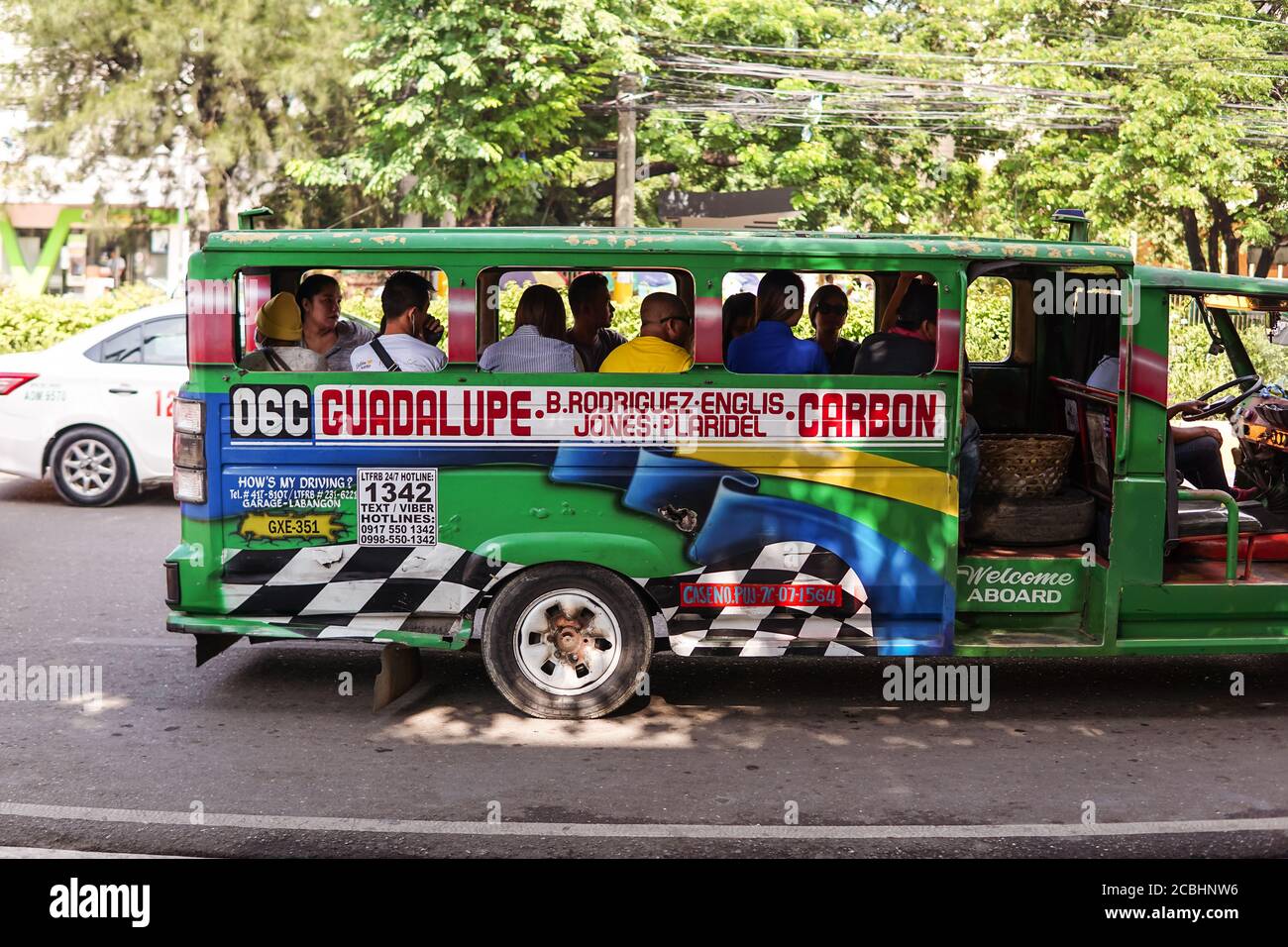Increase Brand Get To with Transit Advertising Philippines
Increase Brand Get To with Transit Advertising Philippines
Blog Article
A Comprehensive Assessment of the Approaches and Strategies for Successful Transportation Marketing Campaigns
Transit marketing projects supply a special opportunity for brands to engage with diverse target markets in dynamic environments. As we discover these important elements, it ends up being clear that the path to an impactful transportation advertising and marketing method is both elaborate and rewarding, elevating the concern of just how best to browse these intricacies for optimal brand visibility.
Comprehending Target Demographics
Comprehending target demographics is important for the success of transportation marketing campaign (Transit Advertising Philippines). Identifying particular audience sectors allows marketers to tailor their messages successfully, ensuring that the content reverberates with the designated audiences. This method enhances involvement and optimizes return on financial investment
To effectively evaluate target demographics, marketing experts need to think about numerous vital aspects, consisting of age, earnings profession, level, and way of life preferences. For example, a project focused on young specialists may concentrate on ease and modernity, while one targeting families may highlight safety and security and dependability. In addition, geographic variables such as metropolitan versus country setups can considerably affect customer actions and choices.
Information collection techniques such as surveys, focus teams, and social networks analytics offer beneficial insights into market patterns and customer routines. By leveraging this info, marketers can craft engaging stories that line up with the worths and needs of their target market.
Ultimately, understanding target demographics not only notifies the calculated instructions of transportation ad campaign however likewise makes sure that resources are allocated successfully. This targeted strategy boosts the possibility of achieving project goals, promoting brand loyalty, and driving conversions.
Creative Design Methods
Effective communication with target demographics depends heavily on cutting-edge imaginative design strategies en route advertising projects. To successfully capture focus in a congested aesthetic atmosphere, designers have to prioritize quality and visual influence. Using bold shades and high-contrast aspects can improve visibility, guaranteeing that messages are easily readable from a range.
Incorporating dynamic images that reverberates with the target audience is important. Aesthetic storytelling techniques can evoke feelings and develop memorable associations with the brand. Additionally, strategic use of typography assists communicate crucial information swiftly; appropriate sizes and clear font styles better improve readability.
Integrating interactive components, such as QR codes or augmented truth features, can involve travelers past easy observation (Transit Advertising Philippines). These methods not just advertise user interaction however also connect the void in between typical advertising and marketing and electronic engagement
Furthermore, using area creatively-- whether on bus wraps, transportation sanctuaries, or train ads-- can result in ingenious designs that break the mold of conventional advertising. By welcoming imaginative creative thinking while keeping brand name uniformity, projects can promote a strong connection with their audience, inevitably driving both recognition and action. The combination of these design techniques is critical for achieving effective transit advertising end results.
Strategic Positioning Techniques
Maximizing the influence of transportation marketing rests on strategic positioning techniques that ensure optimum exposure and engagement. Reliable placement involves assessing high-traffic locations and understanding passenger demographics to recognize the most beneficial locations for ad screens. For instance, placing advertisements near entryways and exits of transportation cars can record the interest of boarding and touching down passengers, hence improving direct exposure.
In addition, using both indoor and outside surface areas of transit vehicles can significantly widen reach. Exterior ads, noticeable during commutes, involve pedestrians and other motorists, while indoor ads target travelers in a captive atmosphere. In addition, placing promotions in transit hubs, such as bus terminals or train terminals, permits enhanced perceptions as travelers transition between different settings of transportation.
Timing is also essential; aligning the project launch with peak travel durations makes the most of target market interaction - Transit Advertising Philippines. Additionally, leveraging electronic displays en route settings can assist in dynamic material, boosting and offering real-time updates customer communication. By utilizing these critical placement approaches, marketing experts can ensure that their transportation ad campaign achieve optimal visibility, reverberate with the target audience, and eventually drive desired outcomes

Measuring Campaign Effectiveness
To evaluate the success of transit ad campaign, it is necessary to employ a variety of measurement strategies that give understandings right into target market involvement and general efficiency. One main technique is the use of essential performance indicators (KPIs), such as reach, impressions, and involvement prices, which measure exactly how numerous individuals viewed the promotion and connected with it.
Studies and emphasis groups can additionally contribute in assessing consumer perceptions and recall, permitting marketers to recognize the effect of their messaging. Additionally, tracking website web traffic and social networks engagement throughout and after the campaign helps gauge straight reactions to the advertising.
Another efficient technique is making use of location-based analytics, which can offer information walking web traffic around particular transportation places, offering understandings into whether the campaign effectively caught the attention of commuters. Furthermore, analyzing sales information can disclose connections in between transportation marketing and raised earnings, providing substantial evidence of a campaign's performance.
Study of Success
Recognizing the effectiveness of transit marketing campaign with dimension techniques lays the foundation for checking out real-world examples that show effective outcomes. One significant study includes a nationwide drink brand name that made use of bus wraps in metropolitan locations. The project intended to raise brand visibility and sales during the summer season. By utilizing geo-targeted electronic advertisements and analytics, the brand determined a 30% increase in sales in areas where the covers were plainly shown, showing the direct impact of transit marketing.
Another compelling instance originates from a neighborhood not-for-profit company that introduced a campaign on subway platforms to advertise an area event. The organization combined vivid visuals with QR codes routing travelers to a registration page. Post-campaign evaluation disclosed a 50% boost in event presence contrasted to the previous year. Making use of direct involvement via innovation enhanced the campaign's reach and visit site performance.

Verdict
In summary, effective transportation marketing campaign necessitate a detailed approach that incorporates an understanding of target demographics, innovative style strategies, and calculated positioning. By prioritizing emotional involvement through strong visuals and optimizing exposure throughout top traveling times, brands can dramatically improve their the original source influence. Additionally, ongoing dimension of campaign performance via crucial efficiency indications and customer feedback guarantees constant renovation. Jointly, these strategies foster brand presence and make the most of the return on financial investment en route advertising and marketing initiatives.
Understanding target demographics is crucial for the success of transit advertising campaigns.Effective communication with target demographics depends heavily on innovative creative design techniques in transit advertising campaigns. By using these strategic placement methods, online marketers can guarantee that their transit advertising and marketing projects accomplish maximum visibility, reverberate with the target audience, and eventually drive wanted results.
Comprehending the effectiveness of transportation marketing campaigns via measurement techniques lays the foundation for taking a find here look at real-world examples that highlight successful outcomes.In recap, successful transportation advertising campaigns require a detailed strategy that incorporates an understanding of target demographics, innovative layout techniques, and strategic positioning.
Report this page